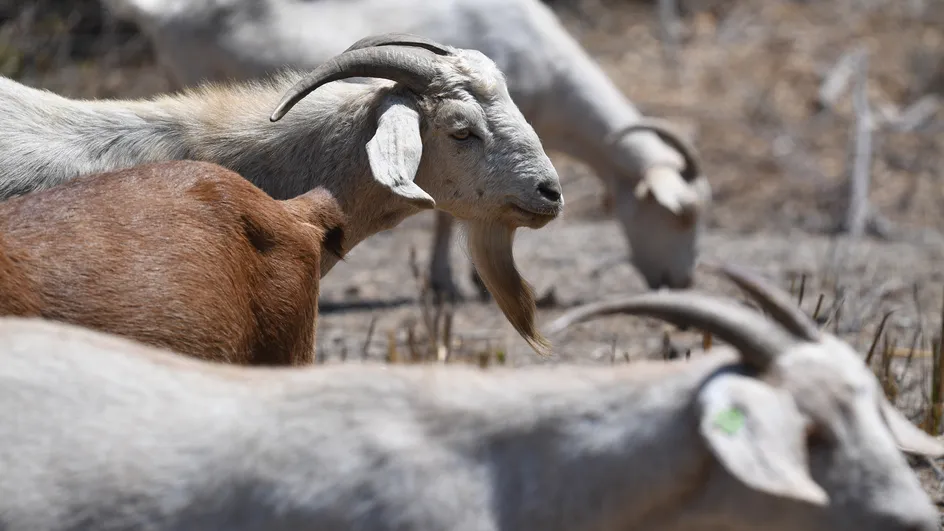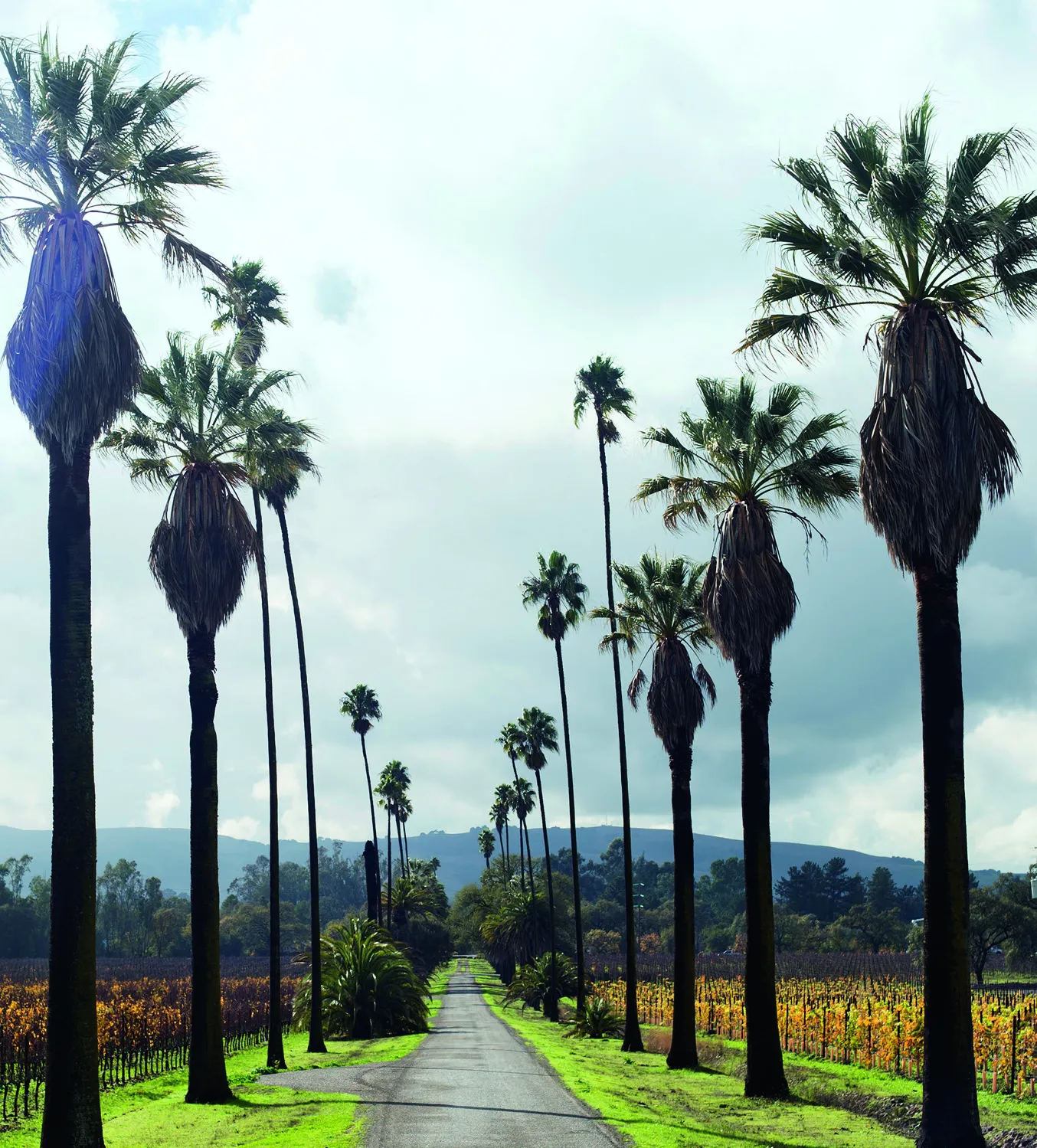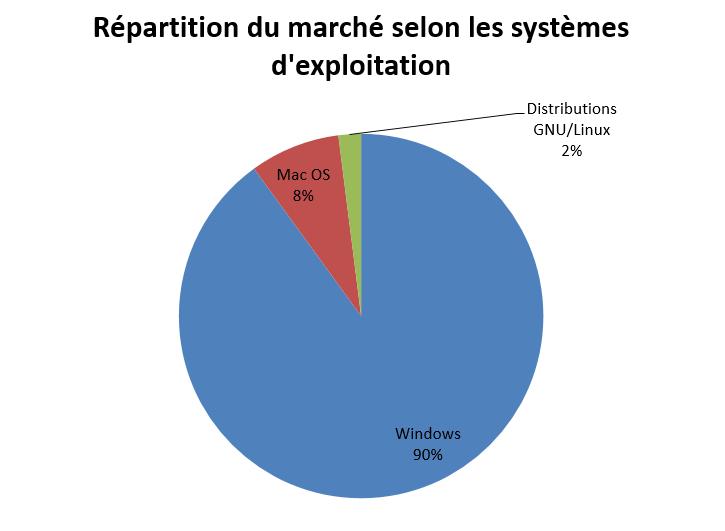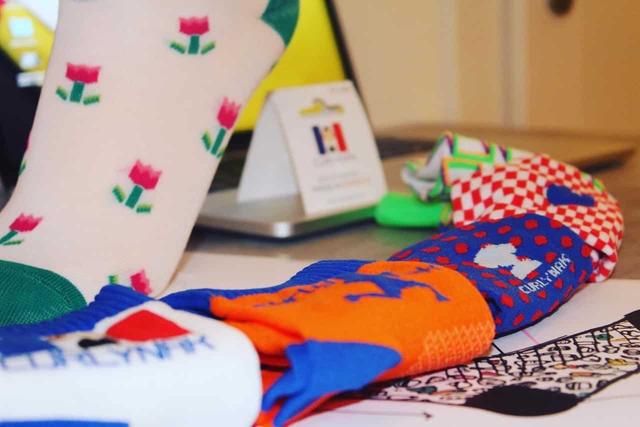Canada Goose gives up fur: a difference in reality between south and north
Launched in Toronto in 1957, the brand is now present all over the world. The famous coats are worn in Europe as well as in Asia, on the streets of Vancouver or in the Canadian Arctic.
Long distance races like the Yukon Quest, the Iditarod, but also those of 200 miles, nobody goes there without a hood with natural fur, it's impossible
, underlines the leader of dog sledding Marcelle Fressineau.
The one who has crossed the icy expanses of the North where the thermometer drops below -50°C considers that fur is essential, because it protects the face where synthetic fur freezes and loses all effectiveness.
I've never seen anyone in the North with synthetic fur and it's not about fashion, it's really essential
, she says.
More than 3000 kilometers from Whitehorse, in Iqaluit, Mary-Lee Sandy-Aliyak, an Inuk seamstress, explains Canada Goose's decision by the size of their market.
A native of Coral Harbour, she has worked with fur all her life, like her mother and grandmother before her. His expertise allowed him to collaborate with Canada Goose for the Atigi project.
She does not see the adventure with the company continuing without the use of fur, but believes that there are new opportunities there too.
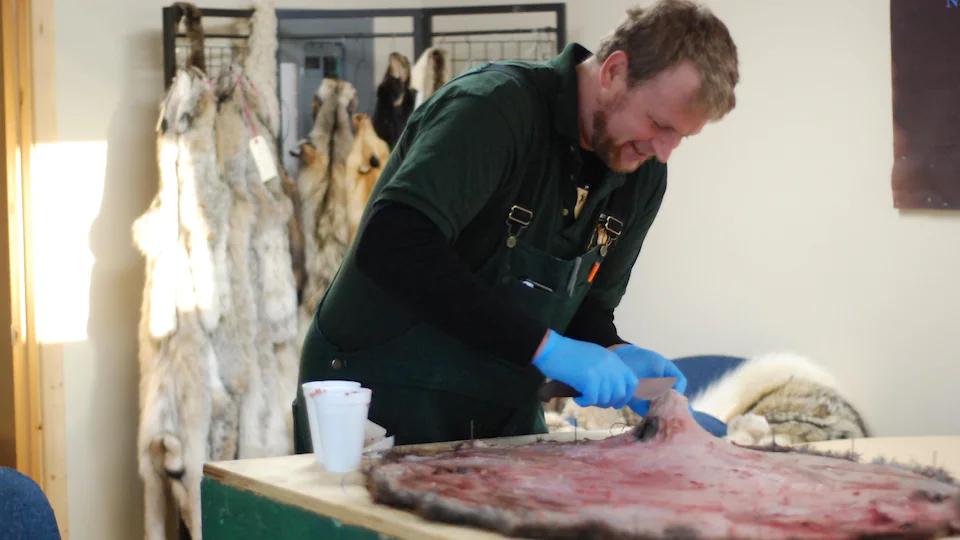
She also encourages Inuit artisans to start businesses that would create attachable and detachable fur that could be used for Canada Goose coats.
Also read:
As with everything in business, one door closes, three more open
, says Brian Melanson, president of the Yukon Trappers Association.
Trapper since a young age, he has spent more than 34 winters in the Yukon wilderness practicing this part of his family heritage and is disappointed to see a company that has had a positive influence on the fur industry in recent years to turn away
.
For him, the choice is purely financial and the company has simply anticipated the increase in the price of fur.
Brian Melanson started trapping when he was eight years old. Even if he does not hunt in large quantities, he goes out every winter to collect what is needed for his wife's creations.
Photo: Philippe Morin
He cites coyote fur as an example. Canada Goose is the top buyer at auctions. Their choice of this fur increased the prices from $30-50 to $150-200.
Canada Goose for its part claims to have made this decision to be more sustainable
, but the argument does not convince Brian Melanson.That's bullshit! It has nothing to do. They don't do it to be sustainable, they say that because it's a piece of language that works
, he denounces.
Many see the aftermath of Canada Goose as the rise of local businesses. In the Yukon, all eyes are on Skookum. Based in Dawson, the company creates coats made in the North, for the North
.
Co-owner and designer Megan Waterman says Canada Goose helped create Canada's reputation for high-end outerwear that Skookum enjoys
.
Canada Goose's decision surprises her.Fur is inherently green, eco-friendly, biodegradable
, she says.
She concedes that fur isn't for everyone and respects that choice by offering non-fur versions to customers who request it.
While she respects Canada Goose's decision, she is concerned about the effects on the global market. Skookum made the right ethical choice to support fur because trappers are stewards of the land, because it helps protect habitats
, she says.
Megan Waterman points out that under the influence of animal rights group PETA, the Canadian fur industry has implemented humane hunting practices. She sees a healthy industry as supporting local traditional and indigenous economies.
With information from Toby Otak


